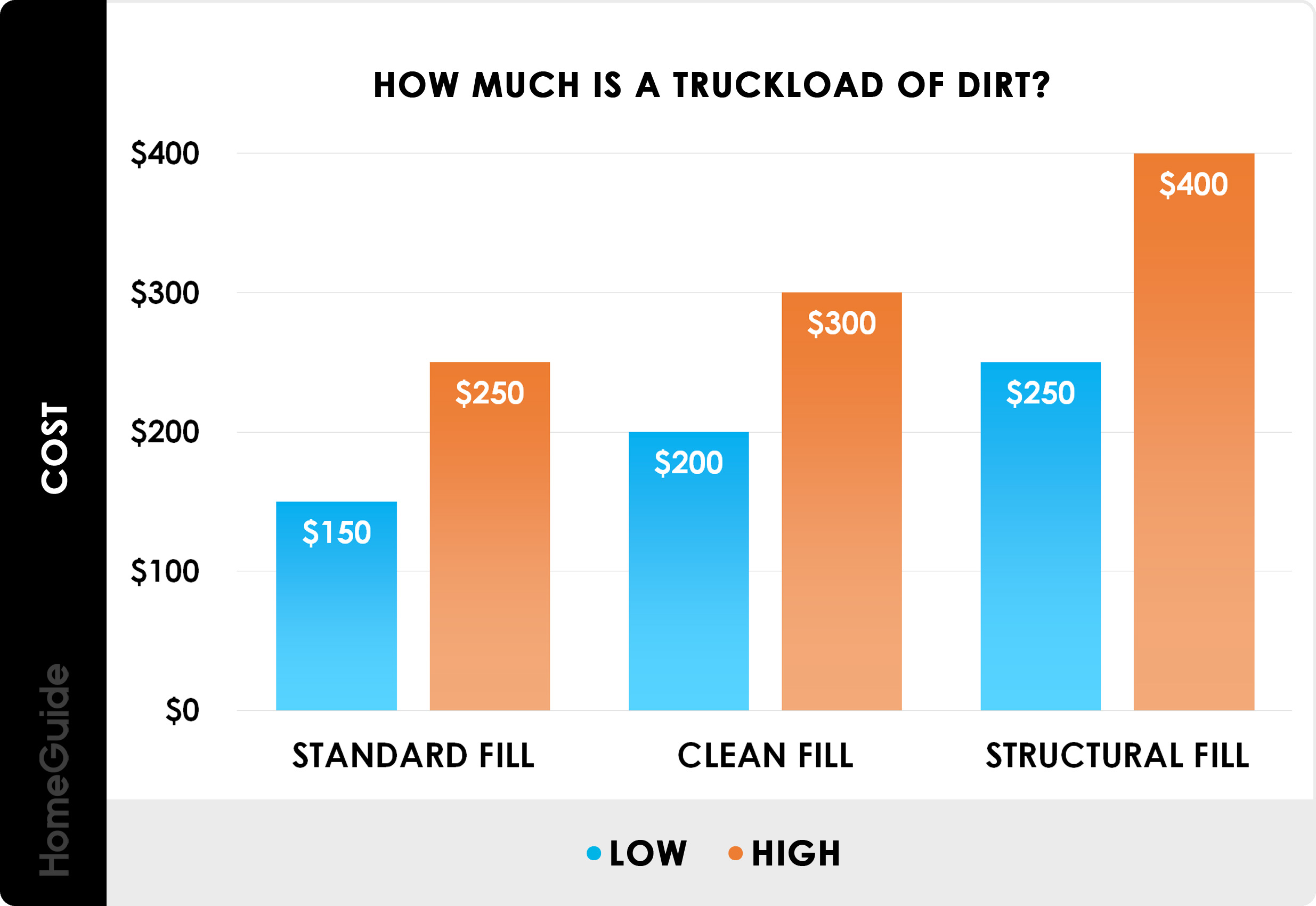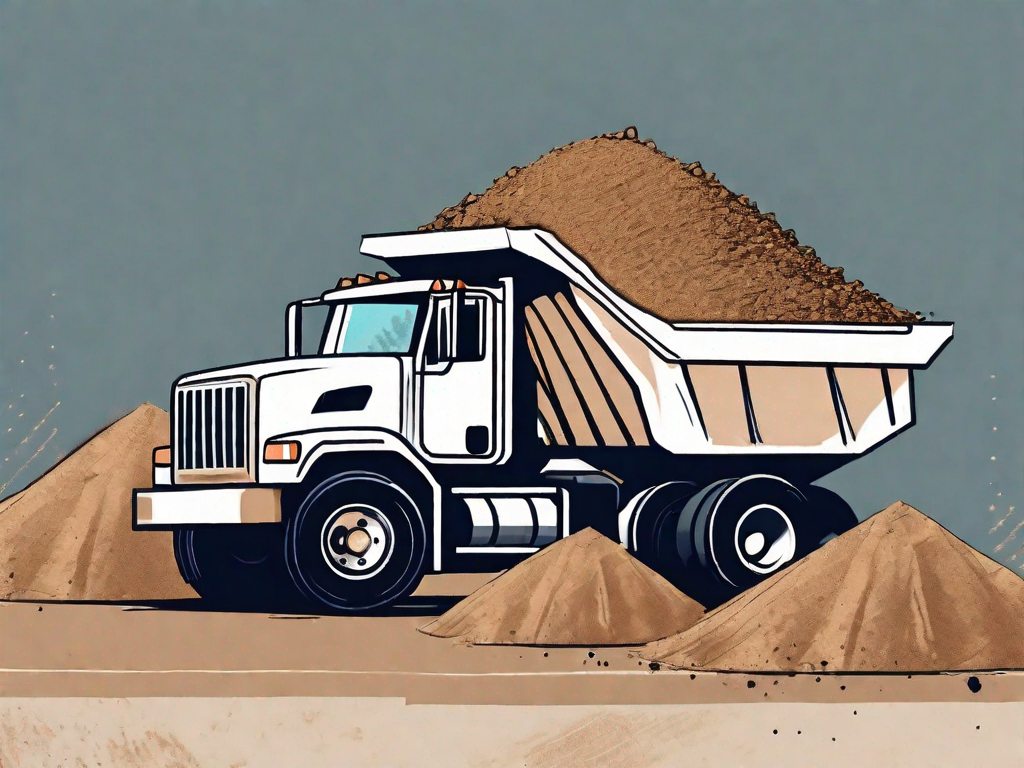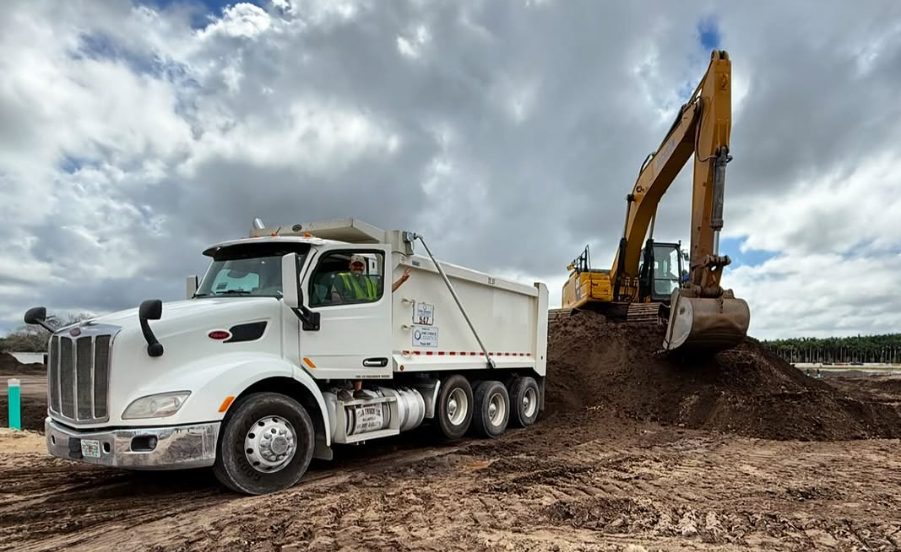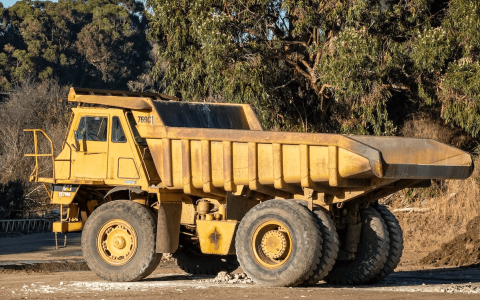How Much Does a Dump Truck Load of Dirt Cost? Pricing Guide
How Much Does a Dump Truck Load of Dirt Cost? A Clear-Cut Pricing Guide
If you’re knee-deep in a landscaping or construction project, one of the most fundamental questions you’ll ask is: how much does a dump truck load of dirt cost? The short answer is that the price isn’t a single number. A dump truck load of dirt typically ranges from $150 to $800, with a national average hovering around $400 to $550. However, this final cost is influenced by a cocktail of factors including dirt type, delivery distance, and the amount of material you need. As someone who has spent a decade evaluating heavy-duty trucks and their payloads, I’ll break down every element that affects your final bill, ensuring you get the right material for your project without overpaying.
Breaking Down the Core Cost Factors
Understanding the cost of a dump truck load of dirt requires looking beyond the initial quote. Several key components work together to determine your final price.

Type of Dirt Material
Not all dirt is created equal. The specific material you need is one of the biggest drivers of cost. Fill dirt, which is subsoil with little organic matter, is the most affordable option, perfect for filling holes or building foundations. Topsoil, rich in nutrients, costs more because it’s essential for growing grass and plants. More specialized materials, like screened topsoil or clean fill, command a higher price due to the additional processing involved.
Delivery Distance and Location
Your proximity to the supplier’s yard directly impacts the delivery fee. A local delivery might be a minimal charge, while a haul over 20 miles can add significantly to the cost. Furthermore, regional variations in material availability and local disposal fees can cause prices to differ from one state to another.
Quantity and Truck Size
Dump trucks are measured in cubic yards. It’s crucial to know this measurement, as it’s the standard unit for bulk materials. A standard full-size dump truck can typically carry 10 to 16 cubic yards of material. While ordering a full truckload is often the most cost-effective on a per-yard basis, many suppliers also offer smaller deliveries for a premium, which is perfect for more modest projects.
Dump Truck Load Prices by Material Type
To give you a clearer picture, here’s a detailed look at the cost of different types of dirt per cubic yard and per truckload. This comparison is based on industry data and supplier quotes from across the country.
| Material Type | Cost per Cubic Yard | Estimated Cost per Truckload (14 Yards) | Best Use Case |
|---|---|---|---|
| Fill Dirt | $5 – $15 | $70 – $210 | Base for foundations, filling holes |
| Topsoil | $12 – $50 | $170 – $700 | Gardens, lawns, landscaping |
| Screened Topsoil | $20 – $60 | $280 – $840 | High-quality planting beds |
| Clean Fill | $8 – $20 | $110 – $280 | Projects requiring certified clean material |
Additional Costs You Need to Consider
The base material cost is just the beginning. To avoid budget surprises, factor in these common additional expenses.
- Delivery Fees: These can range from $50 to $300 or more, depending on the distance from the supplier and local fuel prices.
- Spreading Services: If you don’t want to move the pile yourself, hiring a professional with a skid steer or bulldozer can cost an additional $150 to $500.
- Soil Quality Tests: For critical projects like farming or ensuring proper drainage, a professional soil test from a lab (costing $50 to $200) is a wise investment.
How to Accurately Calculate Your Dirt Needs
Ordering the right amount is crucial. Too little, and you’ll pay for another delivery. Too much, and you’re stuck with a pile you have to dispose of. Here’s a simple formula to calculate the cubic yards you need for a rectangular area:
Length (ft) x Width (ft) x Depth (ft) ÷ 27 = Cubic Yards Needed

For example, to fill an area that is 20 feet long, 10 feet wide, and 0.5 feet deep: 20 x 10 x 0.5 = 100 cubic feet. Then, 100 ÷ 27 = approximately 3.7 cubic yards. Always round up to the nearest half-yard to be safe.
Getting the Best Value for Your Dump Truck Load
With over ten years of experience in the trucking and materials industry, I’ve seen what separates a good deal from a great one. Mike O’Donnell, a certified landscape project manager with over 20 years of field experience, agrees: “The cheapest price per yard can be misleading. A reputable supplier who provides consistent, clean material and reliable on-time delivery is often worth a slightly higher price. It saves you from project delays and costly fixes down the line.”
Here are a few pro-tips:
- Buy in Bulk: If your project is large enough, a full truckload is almost always cheaper per cubic yard than multiple smaller loads.
- Source Locally: Reduce delivery fees by finding the closest supplier that meets your quality standards.
- Ask About “Screened” Material: For planting, screened topsoil is free of rocks and debris, making it easier to work with and better for plant growth.
Frequently Asked Questions
How many cubic yards are in a dump truck?
A standard full-size dump truck commonly holds between 10 and 16 cubic yards. Smaller dump trucks, like a single-axle “pup” trailer, might carry 5 to 7 cubic yards. Always confirm the capacity with your supplier.
What is the difference between fill dirt and topsoil?
Fill dirt is subsoil taken from beneath the top layer. It’s inexpensive and stable, used for altering terrain or as a base. Topsoil is the upper layer of soil, containing organic matter and nutrients necessary for plant life. Using fill dirt in a garden will lead to very poor plant growth.

Can I have a dump truck load of dirt delivered to my house?
Absolutely. Most suppliers offer delivery services. You need to ensure there is clear access for a large truck, and the ground is firm enough to support its weight. Discuss the drop-off location with the driver beforehand.
Is it cheaper to buy dirt in bulk?
Yes, without a doubt. The cost per cubic yard is lower when you purchase a full truckload. You also typically pay a single, flat delivery fee rather than multiple smaller ones.
Sources and References
To ensure the accuracy of this pricing guide, we referenced data and information from the following authoritative sources:
- HomeAdvisor: Soil, Mulch, and Rock Delivery Cost Guide
- United States Environmental Protection Agency (EPA): Composting at Home – for information on soil composition and uses.
- Industry interviews and supplier price surveys conducted in 2024.






